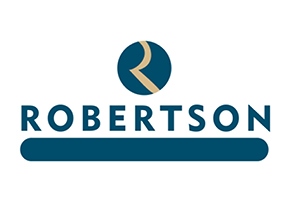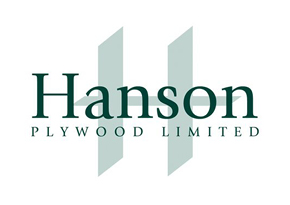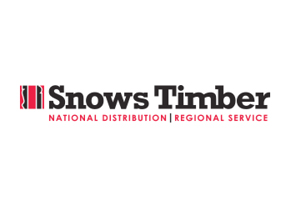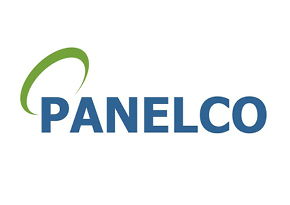Life-cycle costing

Life-cycle costing is a decision-making technique which takes into account both initial and future costs. For buildings and structures this usually means considering not just capital costs but relevant costs in use (operational costs) such as maintenance, component replacement, utilities, managing the asset for a given period, and end-of-life costs.
Many designers and clients apply life-cycle costing intuitively when making choices, along the lines of: Solid timber flooring strips may have a higher capital cost than a laminate floor alternative. But taking into account increased risk of damage and earlier replacement of a laminate floor, paying more now for a solid timber floor may result in less cost and disruption in the long term.
Life-cycle costing methods formalise and attempt to quantify this approach. Life-cycle costing can also be used as part of a value engineering approach, indeed, for short life applications, less costly and less durable component options may offer better value.
This Wood Information Sheet has been updated in July 2015 with amendments to the text and corrections to data presented in some of the graphs, and to ensure the most recent sources are referenced.
Many designers and clients apply life-cycle costing intuitively when making choices, along the lines of: Solid timber flooring strips may have a higher capital cost than a laminate floor alternative. But taking into account increased risk of damage and earlier replacement of a laminate floor, paying more now for a solid timber floor may result in less cost and disruption in the long term.
Life-cycle costing methods formalise and attempt to quantify this approach. Life-cycle costing can also be used as part of a value engineering approach, indeed, for short life applications, less costly and less durable component options may offer better value.
Contents:
- Life-cycle costing and whole-life costing
- Calculating life-cycle costs
- Life-cycle cost models
- Life-cycle cost outcomes: timber components
- Life-cycle costs for complete buildings
Suggested Reading
Life cycle assessment
Many industries, rather than simply responding to increasingly stringent regulation, are now actively seeking to develop more environmentally benign products and processes. Life Cycle Assessment (LCA) is one of the best known tools for assessing the environmental impact of activities.
Life Cycle Assessment is a process of compilation...
04/04/2016 | Wood Information Sheet
Assessing structural timber elements
In this extract from BM TRADA's Best practice guide to Timber in high-specification buildings, Dr John Williams discusses what to consider when assessing the condition of existing structural timber elements in refurbishment or conversion works.
Article from TRADA Timber Industry Yearbook 2015
01/01/2015 | Magazine Article
Introducing wood
As a construction material, timber has a very distinct advantage over the alternatives, namely that it is a living thing and therefore a renewable resource. With the use of correctly managed forests, timber represents an excellent way of creating a more sustainable construction industry.
The treatment of timber...
04/04/2016 | Wood Information Sheet

















